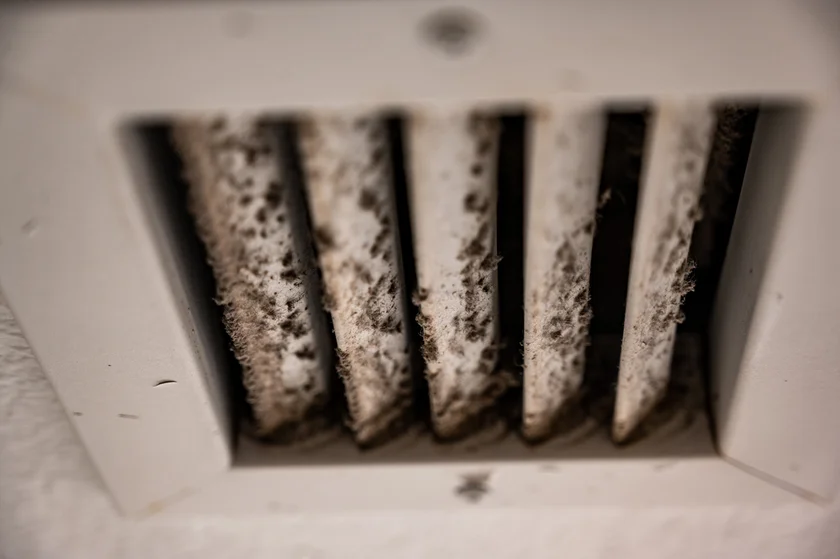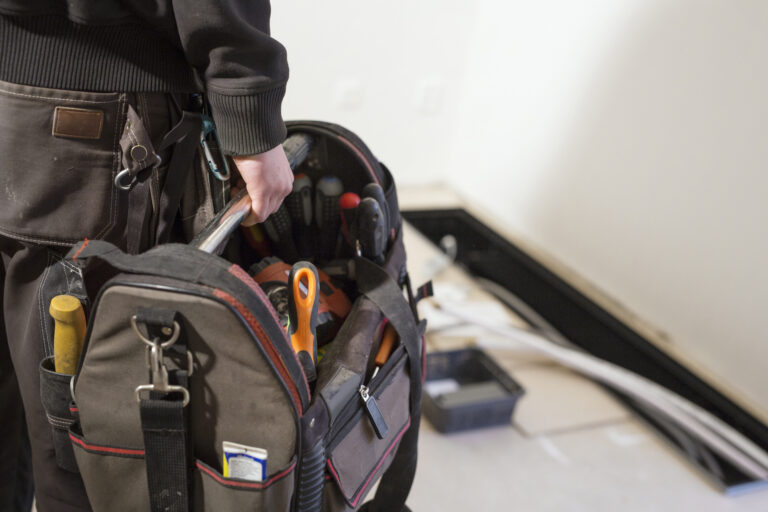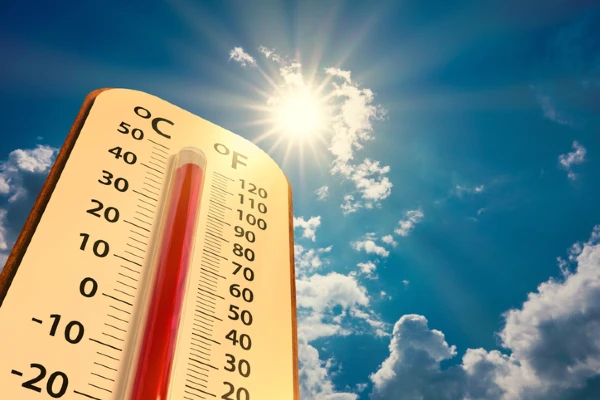Mold Issues in Your HVAC System / Air Ducts
Learn How to avoid mold Issues in Your HVAC System and Air Ducts.

Unfortunately, mold is omnipresent. It exists in the air we inhale and settles on all the surfaces in our homes. Once moisture is introduced, it becomes visible as fuzzy green or black spots. Numerous areas within your home serve as ideal breeding grounds for mold; unfortunately, your HVAC system is one of them.
To gain further knowledge on combat mold in your system, we have the strategies to assist you. Continue reading for additional information.

What Causes Mold Issues in My HVAC System?
Mold spores are abundant in the atmosphere. If you were to shrink to a microscopic level, you would observe a multitude of spores in the air. These spores are invisible to the naked eye. However, if they land in a damp area in your home, that’s when actual mold growth begins.
Mold growth can pose health risks, so it’s crucial to address it seriously. Certain molds can lead to severe health issues, while others may go unnoticed.
Individuals who are sensitive to molds, suffer from asthma or have respiratory problems are more susceptible to experiencing negative health effects. If you or someone in your household falls into this category, it’s essential to monitor your HVAC system closely for any signs of mold growth.
Air conditioners often face mold problems. Managing and preventing mold growth is a key aspect of maintaining good air quality. Understanding the causes of mold growth and how to address it promptly is vital for ensuring clean air in your home.
When mold problems start affecting your HVAC system, it’s important to be aware of specific areas that may be causing the issue.
Humidity
Controlling moisture levels in your home is crucial in preventing mold growth. It may be challenging, especially in humid climates. During the summer and rainy seasons, it becomes even more difficult to keep humidity at bay. Showers, baths, and saunas indoors are major sources of moisture that can lead to mold problems if not properly managed.
Condensation
Thermodynamics can be complex, yet condensation is a frequent occurrence. Although the process may be difficult to grasp for some, we can all experience the consequences of condensation in our air ducts and main unit.
The cooling mechanism of your HVAC system generates condensation daily. Typically, this extra moisture is eliminated from the system via the condensate pan. Nevertheless, blockages or malfunctions can impede the drainage process.
Blocked condensate lines lead to stagnant water, which in turn promotes mold growth.
Poor Ventilation
If you’re dealing with moisture problems, the key is to have good ventilation. It’s crucial to make sure your home is well-ventilated so that moisture doesn’t linger and cause mold to develop. Stagnant air can lead to mold growth, so it’s important to have proper ventilation in areas like bathrooms and kitchens.
Signs of Mold in HVAC Systems
How can you detect mold growth in your HVAC system if mold spores are too small to see? Well, severe mold infestations are pretty obvious to spot. But if mold has been left unchecked, you might notice speckles on your air registers and vents.
Another dead giveaway of mold presence is the smell. If you catch a funky odor, it could mean you’ve got some new moldy roommates – imagine wet dog mixed with old cheese.
Don’t worry though, HVAC specialists like Sterling HVAC specialists Cardinal Plumbing, Cooling and Heating are experts in dealing with mold. They’ll know exactly what to do if you suspect mold in your system. So, if you need help with mold, they’ve got your back!
Preventing Mold Issues
If you’re starting to get worried about mold issues, you might be asking yourself: “how do I stop mold from growing?” It’s a valid question. Humans have been dealing with mold for a long time, even before we started living indoors – think about cheesemaking and other moldy activities.
The key lesson we’ve learned from battling mold is that controlling moisture is the key to controlling mold. So, keeping moisture in check should be your main focus to prevent mold from taking over.
Here are some tips to help you prevent mold growth in your HVAC system:
1. Regularly replace your HVAC filters
2. Insulate air ducts to reduce condensation
3. Check and clean your condensate/drip pans
4. Fix leaks promptly to avoid moisture accumulation
These steps are the basics of mold prevention and can make a big difference without costing much. If you live in a humid area or have frequent mold problems, you might want to consider some extra help.
One option is to use a dehumidifier. Placing dehumidifiers strategically in your home can help remove moisture from your ducts and other HVAC parts.
Another good idea is to hire Arizona Valley Heating & Cooling for heating and AC repairs. Air ducts cleaning service can help prevent mold growth before it becomes a major issue.
Steps to Remove Mold from Heating and AC System
If you’re fed up with those pesky moldy spots near your vents, here’s a different approach to dealing with the problem.
First and foremost, it’s important to understand that mold can pose a health risk. So, make sure you protect yourself by wearing the right gear.
This includes an N95 mask, industrial-grade gloves, and safety goggles. If you really want to go the extra mile, consider getting a disposable painter’s suit. Once you’re done, you can simply toss it away.
Now, let’s talk about the tools you’ll need. Remember, anything you use to clean mold should be thrown away afterwards. Otherwise, you might just be inviting mold back into your home.
Grab a soft brush and some rags to get down and dirty. There are a few cleaning solutions you can try to tackle the mold. The first one is a simple home remedy.
Remove Mold Issues By Mixing
1 tablespoon of household detergent (dish soap or detergent), 1/2 tablespoon of baking soda, and 1 cup of water. If you’re dealing with severe mold growth, think about using an EPA-approved mold detergent.
Now, for the cleaning process:
Make sure to turn off your HVAC system and check that the heating/cooling vents aren’t blowing air.
Begin by spraying the moldy areas with the cleaner and gently scrubbing with a brush or rag. Continue this process until you’ve covered all visible mold spots. Dispose of all rags and PPE in trash bags and take them outside immediately.
Don’t forget the final step. Your efforts will be wasted if the spores return. Proper disposal ensures the mold stays far away from your home.
Arizona Valley Heating & Cooling Is Here To Help!
Dealing with mold can be difficult, even for those with expertise. To increase your chances of living in a mold-free environment, it is crucial to seek assistance from all available sources. If you’re still having mold issues and want high-quality HVAC repair, Arizona Valley Heating & Cooling LLC possesses the expertise necessary to address even the most stubborn HVAC problems. Feel free to contact us at 602-832-5786.






